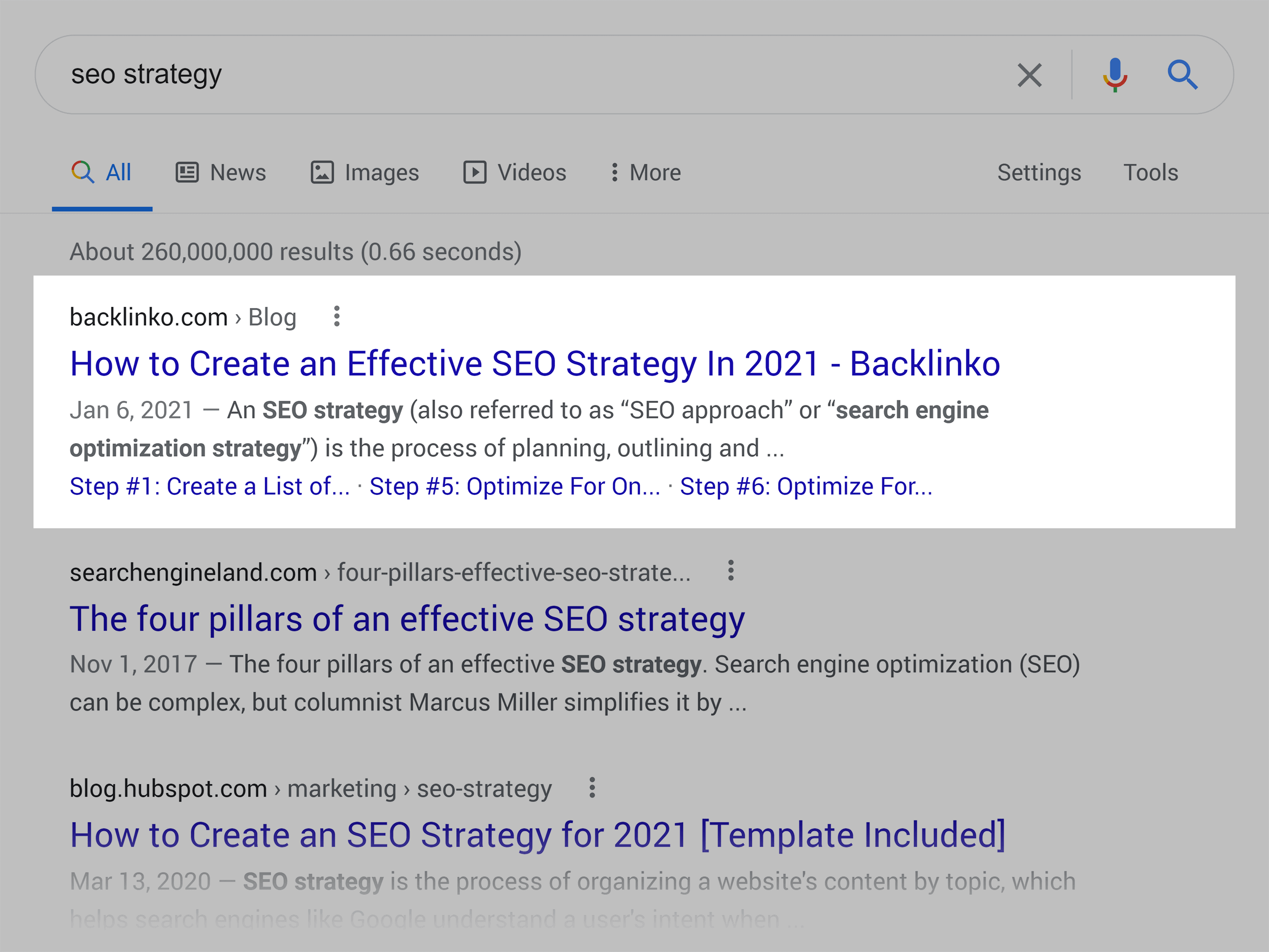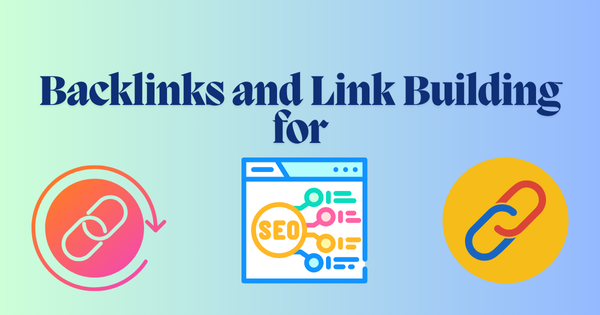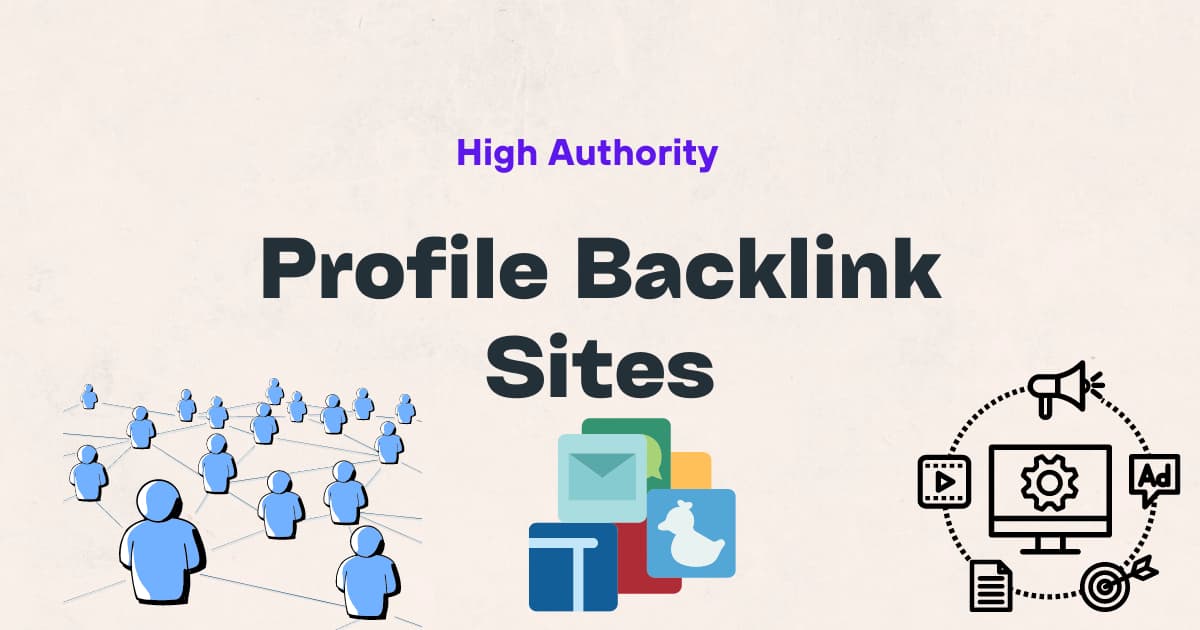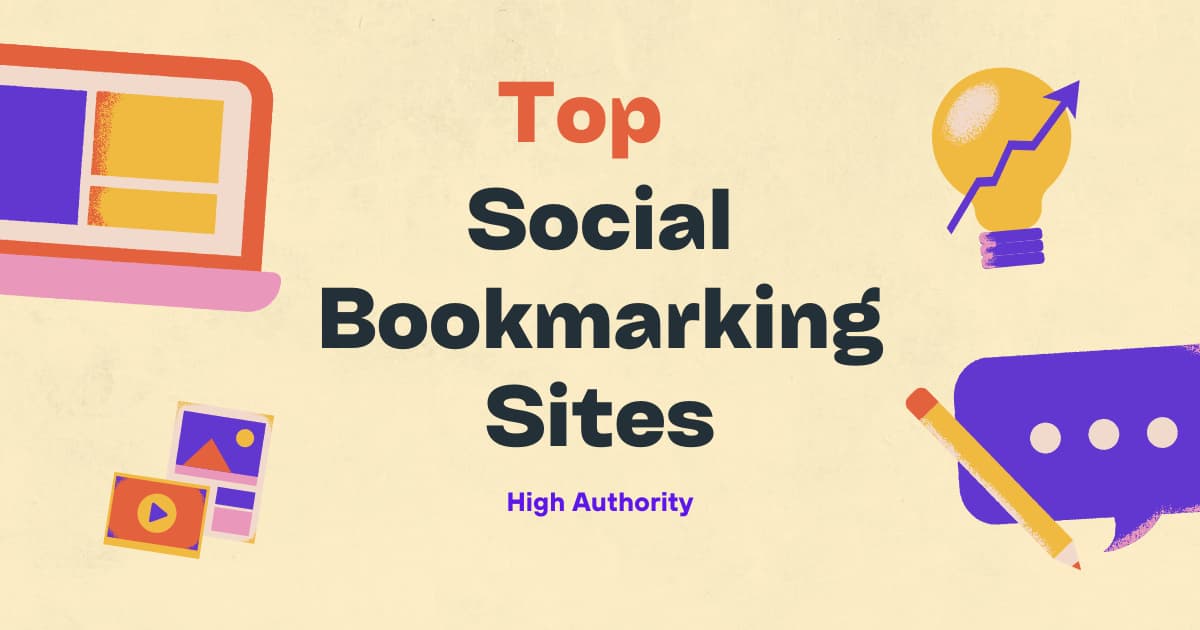Understanding search intent is crucial for optimizing website content. It helps align with user expectations and boosts visibility online.
By tailoring your content towards specific search intents, you can provide value to users and improve your chances of ranking higher on search engine result pages. In this guide, we’ll explore what search intent is, the different types of search intent, and strategies to optimize your content for various search intents effectively.
Whether it’s informational, navigational, transactional, or commercial investigation, knowing how to cater to each search intent will enhance your SEO efforts and drive more organic traffic to your website.

Credit: backlinko.com
What Is Search Intent?
In the world of SEO, understanding the intent behind a user’s search query is a critical aspect of crafting successful content. Search intent refers to the reason why someone performs a specific search and what they hope to achieve with it.
Different Types Of Search Intent
When it comes to search intent, there are different categories that users fall into based on their intentions. By understanding these categories, you can tailor your content to better meet their needs.
| Types of Search Intent | Description |
|---|---|
| Informational | Users are looking for answers, instructions, or explanations. |
| Navigational | Users want to reach a specific website or page. |
| Transactional | Users are ready to make a purchase or engage in a specific action. |
| Commercial | Users are in the research phase, comparing products or services. |
The Importance Of Understanding Search Intent
Understanding search intent is crucial for SEO success. By aligning your content with what users are looking for, you increase the chances of appearing in the search results and attracting relevant traffic. Here’s why it matters:
- Relevance: Creating content that aligns with the user’s intent ensures that you’re providing the most relevant information.
- User experience: By catering to search intent, you improve the user experience and increase the chances of user satisfaction.
- Higher rankings: Search engines aim to provide the best results for user queries. By optimizing for search intent, you increase your chances of ranking higher.
- Conversion optimization: Understanding search intent allows you to align your content with the user’s stage in the buyer’s journey, increasing the likelihood of conversions.
In conclusion, search intent is the foundation for creating high-quality, user-focused content. By understanding the different types of search intent and its importance, you can optimize your website to better meet the needs of your target audience.

Credit: skillandcare.com
Identifying Search Intent
Search intent refers to the purpose behind a user’s online search. By understanding search intent, you can tailor your content to meet the needs of your audience effectively.
Keyword Research
Utilize keyword research tools to uncover relevant keywords that align with the intent behind particular searches.
Analyzing Serp Features
Examine search engine result page features like featured snippets, knowledge panels, and related searches to glean insights into user intent.
User Behavior Analysis
Leverage tools like Google Analytics to track user behavior on your website and determine how well your content aligns with search intent.
Optimizing For Search Intent
When it comes to optimizing for search intent, it’s crucial to understand the user’s needs and deliver content that meets those needs effectively. By aligning your content with search intent, you can improve your chances of ranking higher in search results and providing valuable information to your audience.
Creating Valuable And Relevant Content
In order to optimize for search intent, it’s essential to create valuable and relevant content that directly addresses the user’s query. Conduct in-depth research on the topic and provide comprehensive information that fulfills the user’s search intent. Utilize engaging headings, subheadings, and bullet points to make the content easily scannable and digestible for the reader.
Optimizing Meta Tags
When optimizing for search intent, pay close attention to meta tags such as title tags and meta descriptions. Craft compelling and concise titles that accurately reflect the content of the page. Similarly, write meta descriptions that entice users to click through to your website by summarizing the value of the content and addressing the user’s search intent.
Incorporating Relevant Keywords
Incorporating relevant keywords throughout your content is essential for aligning with search intent. Identify and integrate keywords that are contextually relevant to the topic, ensuring that they naturally fit within the content. Avoid keyword stuffing and prioritize the use of semantic variations to enhance the relevance of the content to the user’s search intent.
Using Structured Data
Implementing structured data can greatly aid in optimizing for search intent by providing search engines with additional context about the content of your page. By leveraging schema markup, you can enhance the visibility of your content in search results while emphasizing its relevance to specific search queries. This structured data can include details such as reviews, ratings, product information, and more, making your content more appealing to users.
Common Challenges In Optimizing For Search Intent
Optimizing for search intent presents several common challenges that webmasters and SEO professionals must navigate to ensure their content matches user queries effectively. From keeping up with evolving search algorithms to effectively balancing search intent and keyword optimization, these obstacles can significantly impact a website’s visibility and traffic. Let’s delve into each of these challenges in detail.
Keeping Up With Evolving Search Algorithms
Search engines frequently update their algorithms to enhance the quality of search results and better understand user intent. This constant evolution can make it challenging for website owners to keep pace with the changes and adjust their optimization strategies accordingly. Staying informed about algorithm updates and understanding how they impact search intent optimization is critical to maintaining a competitive edge in the digital landscape.
Balancing Search Intent And Keyword Optimization
One of the fundamental challenges in search intent optimization is finding the right balance between catering to user intent and incorporating relevant keywords. While keywords remain a vital component of SEO, excessive keyword optimization can lead to a mismatch between search intent and content, ultimately harming the user experience. Striking the perfect equilibrium between search intent and keyword integration requires careful planning and a deep understanding of user behavior and preferences.
Tools And Techniques To Improve Search Intent Optimization
Optimizing for search intent is crucial for ensuring that your content aligns with the needs and expectations of users. By leveraging various tools and techniques, you can enhance your search intent optimization strategies and improve the relevance of your content. Here are some effective methods to achieve this:
Utilizing Ai-powered Seo Tools
AI-powered SEO tools can provide valuable insights into user search behaviors and help identify patterns in search intent. These tools analyze vast amounts of data to determine user intent and offer suggestions for optimizing your content based on those insights.
Leveraging Natural Language Processing
Natural language processing (NLP) technologies enable you to understand and interpret user queries and content at a deeper level. By leveraging NLP, you can tailor your content to better match the language and context of search queries, enhancing search intent alignment.
Conducting User Surveys And Interviews
Direct feedback from users is invaluable for gaining insight into their search intent and preferences. By conducting surveys and interviews, you can gather qualitative data to understand what users are looking for and how to tailor your content to meet their needs effectively.
Measuring And Analyzing Search Intent Success
Measuring and analyzing search intent is crucial for optimizing your website’s performance and driving relevant organic traffic. By understanding the search intent of your target audience, you can tailor your content and optimization strategies to meet their needs and expectations. In this section, we will explore three key aspects of measuring and analyzing search intent success: tracking key performance indicators, using analytics tools, and A/B testing for search intent optimization.
Tracking Key Performance Indicators
When it comes to measuring search intent success, tracking key performance indicators (KPIs) is vital. These metrics provide insights into how well your website and content are satisfying the search intent of your target audience. Here are some important KPIs to consider:
- Click-through rate (CTR): This metric reveals the percentage of users who click on your website link in the search engine results page (SERP). A high CTR indicates that your website is meeting the search intent and attracting relevant traffic.
- Bounce rate: Bounce rate indicates the percentage of users who leave your website after viewing only one page. A low bounce rate suggests that your content aligns with the user’s search intent, engaging them to explore further.
- Time on page: This metric measures the average amount of time users spend on a particular page. A longer time on page indicates that your content is useful and engaging, meeting the user’s search intent.
- Conversion rate: Conversion rate tracks the percentage of users who complete a desired action, such as making a purchase or filling out a form. A high conversion rate indicates that your website is effectively addressing the search intent and driving desired user actions.
Using Analytics Tools
To gain deeper insights into search intent success, using analytics tools is essential. These tools provide valuable data and metrics to analyze user behavior and the effectiveness of your optimization efforts. Here are some popular analytics tools to consider:
- Google Analytics: This robust tool offers a wealth of information about your website’s performance, including user behavior, traffic sources, and conversion tracking. It enables you to track and measure the success of your search intent optimization strategies.
- SEMrush: This all-in-one SEO suite provides comprehensive analytics and competitive intelligence. It offers insights into search traffic, keyword rankings, and content performance, helping you understand the impact of search intent on your website’s success.
- Hotjar: This tool allows you to visualize user behavior on your website through heatmaps and recordings. It helps identify areas where users may experience friction or difficulties in fulfilling their search intent, enabling you to make informed optimization decisions.
A/b Testing For Search Intent Optimization
A/B testing is a powerful technique for optimizing your website’s search intent performance. By conducting experiments and comparing different variations of your content, you can determine what resonates best with your target audience. Here’s how A/B testing can be used for search intent optimization:
- Identify a specific element to test, such as the page title, meta description, or the call-to-action (CTA) button.
- Create two versions of the element, with one serving as the control and the other as the variation.
- Split your audience randomly and direct them to the respective variations.
- Monitor the performance metrics, such as CTR, bounce rate, and conversion rate, to determine which variation better meets the search intent of your target audience.
- Implement the winning variation and continue testing to optimize further.
By utilizing A/B testing, you can refine your content and optimization strategies to better align with the search intent, ultimately improving your website’s performance and delivering a seamless user experience.
Case Studies: Successful Search Intent Optimization Strategies
Explore successful search intent optimization strategies through real-world case studies, uncovering the key to enhancing search performance. Learn how to align content with user intent for maximum impact in search results. Master the art of optimizing for search intent to drive organic traffic and boost visibility.
When it comes to optimizing your website for search intent, real-life examples can be extremely valuable. In this section, we’ll dive into two case studies that showcase successful search intent optimization strategies. These case studies highlight the impact of optimizing for search intent on website traffic increase and improved conversion rates. Let’s explore these examples and draw some actionable insights.
A Case Study On Website Traffic Increase
Case Study A: Website Traffic Boost With Search Intent Optimization
Background: XYZ E-commerce Store, an online fashion retailer, was struggling to drive substantial organic traffic to its website despite having a wide range of trendy and high-quality products. They realized that they needed to align their content and website structure with the search intent of their target audience.
Strategy: XYZ E-commerce Store conducted thorough keyword research and identified the specific search intent behind their target audience’s queries. They then optimized their product pages, category pages, and blog content accordingly. They ensured that their meta tags, headings, and product descriptions were relevant, specific, and provided valuable information to potential customers. Additionally, they focused on improving website loading speed and mobile responsiveness to provide a seamless user experience.
Results:
- Organic website traffic increased by 65% within three months of implementing the search intent optimization strategy.
- The bounce rate decreased by 15%, indicating that visitors were finding the content they were looking for.
- Page load times improved by 35%, enhancing the overall user experience and keeping visitors engaged on the site.
A Case Study On Improved Conversion Rates
Case Study B: Conversion Rate Optimization Through Search Intent Alignment
Background: ABC Software Solutions, a leading provider of project management software, was struggling with low conversion rates despite driving substantial traffic to their website. They realized that their website content wasn’t meeting the search intent of their target audience, resulting in visitors leaving without taking desired actions.
Strategy: ABC Software Solutions conducted extensive keyword research to understand the search intent behind their target audience’s queries and identified the pain points they were trying to address. They then optimized their landing pages, product descriptions, and call-to-action buttons to align with these specific intents. They also incorporated customer testimonials and case studies to build trust and credibility.
Results:
| Metric | Improvement |
|---|---|
| Conversion rate | Increased by 25% |
| Revenue | Grew by 40% |
| Time on site | Increased by 20% |
These case studies clearly demonstrate the power of search intent optimization in driving website traffic and improving conversion rates. By understanding and aligning with the search intent of your target audience, you can significantly enhance your website’s performance and achieve your business objectives.

Credit: sumitdekavadiya.medium.com
Future Trends In Search Intent Optimization
Keep pace with emerging trends in optimizing search intent to ensure your content remains relevant and visible.
Voice Search And Search Intent
With the rise of voice-search technology, tailor your content to match how users ask questions conversationally.
Use long-tail keywords and natural language to align with voice search trends and maximize visibility.
Augmented Reality’s Impact On Search Intent
Leverage augmented reality to provide interactive and immersive search experiences for users.
Optimize your content for AR-enabled searches to enhance engagement and brand visibility.
Frequently Asked Questions For Search Intent: What It Is And How To Optimize For It
What Is Search Intent Optimization?
Search intent optimization is the process of aligning your content with the specific needs and intentions of search engine users. It helps improve your website’s visibility and relevance in search results by understanding and addressing the intent behind user queries.
By optimizing your content to match user intent, you can drive more targeted organic traffic to your site.
What Are The 3 C’s Of Search Intent?
The 3 C’s of search intent refer to the content, context, and customer. These factors help determine what users are looking for when conducting online searches, so businesses can create relevant and valuable content to meet their needs.
How Do I Optimize User Intent?
To optimize user intent, research target audience needs, create relevant content, include keywords strategically, prioritize user experience, and track performance for adjustments.
What Are The 4 Types Of Search Intent?
The four types of search intent are informational, navigational, commercial investigation, and transactional. These intents reflect the reasons behind a user’s search query, such as seeking information, finding a specific website, researching products, or making a purchase.
Conclusion
Understanding search intent is crucial for successful SEO strategies. By crafting content that aligns with user intentions, you can enhance visibility and engagement. Remember to conduct thorough research, analyze user behavior, and optimize content accordingly. Stay relevant, valuable, and user-focused for long-term SEO success.
Mastering search intent optimization is a game-changer.




